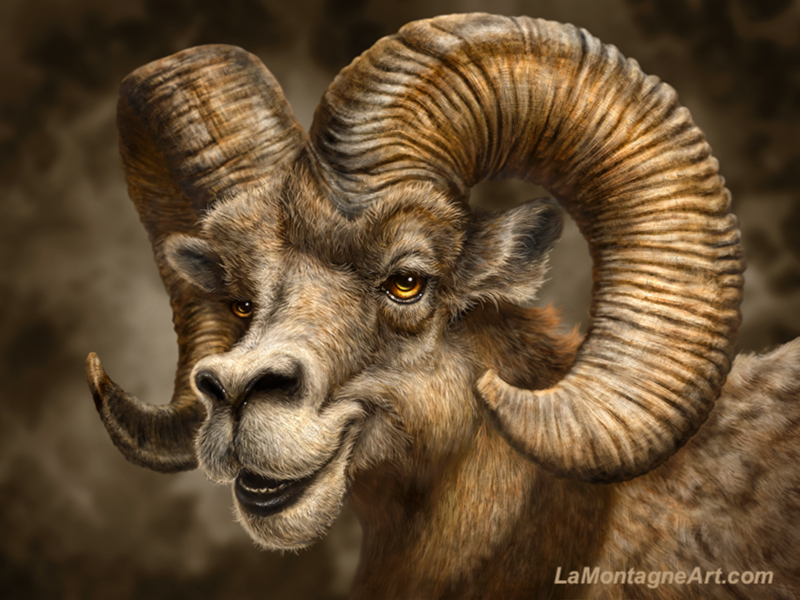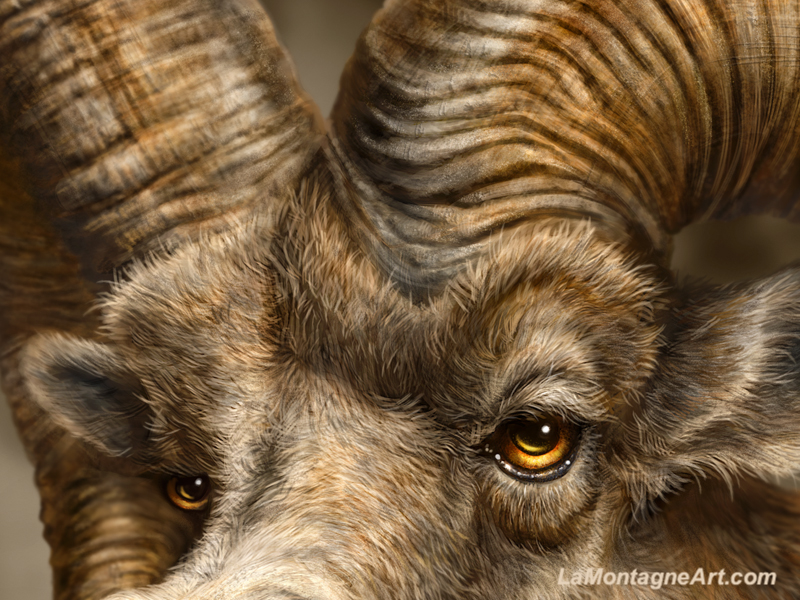
 Driving back to Canmore from visiting a friend in Exshaw, I came around the bend to a massive herd of bighorn sheep. There were 40-50 of them on both sides of the secondary highway and a handful crossing from one side to the other. Thankfully, I had plenty of time to slow down and navigate the obstacle course of rams, ewes, lambs, and the four or five tourist vehicles stopped to take pictures.
Driving back to Canmore from visiting a friend in Exshaw, I came around the bend to a massive herd of bighorn sheep. There were 40-50 of them on both sides of the secondary highway and a handful crossing from one side to the other. Thankfully, I had plenty of time to slow down and navigate the obstacle course of rams, ewes, lambs, and the four or five tourist vehicles stopped to take pictures.
Watching for wildlife on highways around here is routine. Rarely have I made that ten-minute drive without seeing one or two sheep.
When I got home, I sent my buddy a text about the largest herd I had ever come across, and he was unimpressed. Like many Exshaw residents who work in Canmore, he’s made that commute for years, so bighorn sheep along the highway are more annoying than enjoyable, especially when winter renders that road more treacherous.
Along with that stretch of highway, you can often find these critters around the junction of Kananaskis and Smith Dorrien Trails on Highway 40 and on the Lake Minnewanka loop outside of Banff. But they can pop up anywhere.
It can present problems with traffic jams and often-shocking displays of poor judgment, but tourists love to see wildlife, and it’s a big part of the allure of the Canadian Rockies.
While I have lived in one of the most popular tourist destinations on the planet for almost thirty years, wildlife is a big draw in many parts of the world. Each has its hierarchy of popular species.
Everybody wants to see a lion or elephant on an African safari, but few have shelled out the big bucks just for a wildebeest or zebra.
Shonna and I are frequent visitors to Vancouver Island, and the big-ticket item there is whales, preferably humpbacks and orcas. Our friends own a wildlife tour company in Ucluelet, and while they usually see plenty of animals on their cruises, they’ve had to be specific that they can’t promise whale sightings. Any company that does, it comes with a caveat; the guarantee usually means you can come on the tour again for free.
Guides know where they’re most likely to find the animals, but luck and timing play a big part. Wildlife doesn’t punch a clock.
Eagles, otters and black bears are a welcome sight out there — sea lions, seals and seagulls, not so much. Large fat sea lions congregate on docks causing costly damage for fishing boat operators and municipalities, requiring inventive countermeasures to keep them away. Sea lions are lazy, noisy and they smell nasty.
However, as a tourist, I’ll happily snap photos each time I see them, and I’ve painted more than one. Not surprising that they weren’t popular prints.
Back here in the mountains, the big sighting for tourists is bears, preferably a grizzly. And if she’s got cubs, well, that might as well be a lottery win. Conservation Officers and Park Wardens spend a great deal of time shooing tourists away from these situations. Summer ‘bear jams’ are common around here, sometimes leading to confrontation.
When a tourist and a stressed bear have a bad encounter, they don’t shoot the tourist.
Wolves and moose are high on the list, followed by pikas, marmots, pine martens, and other elusive smaller critters. But somewhere in there, you’ll find elk, bighorn sheep and deer, animals that aren’t difficult to find. While still exciting for tourists, locals are used to them, and they’re often the reason for traffic delays, or worse, injuries and fatalities from collisions on highways.
For many locals, these animals are a prime example of familiarity breeding contempt. I would imagine the feeling is mutual.
 I’ll still take pictures of elk, bighorn sheep and deer, but it’s not nearly as much a thrill as it used to be. I didn’t stop when I came across that herd the other day, despite a safe pullout parking lot close by, but I have before. The reference for this painting was a photo I took at Lake Minnewanka a few years ago when I had explicitly gone searching for bighorn sheep.
I’ll still take pictures of elk, bighorn sheep and deer, but it’s not nearly as much a thrill as it used to be. I didn’t stop when I came across that herd the other day, despite a safe pullout parking lot close by, but I have before. The reference for this painting was a photo I took at Lake Minnewanka a few years ago when I had explicitly gone searching for bighorn sheep.
While browsing my reference archive the other day, looking for something to paint, I opened that folder with low expectations. An image caught my eye, though, and I thought, “why not?”
Sure, he’s grinning, but the expression isn’t genial like many of my other whimsical wildlife pieces, and that’s by design. He’s untrustworthy and up to something. I wouldn’t turn my back on him. When I asked Shonna for a critique, she complimented the artwork but was less enthusiastic than usual about the subject. When pressed, she simply said, “I don’t like bighorn sheep.”
Clearly, she’s not alone.
But he was fun to paint.

